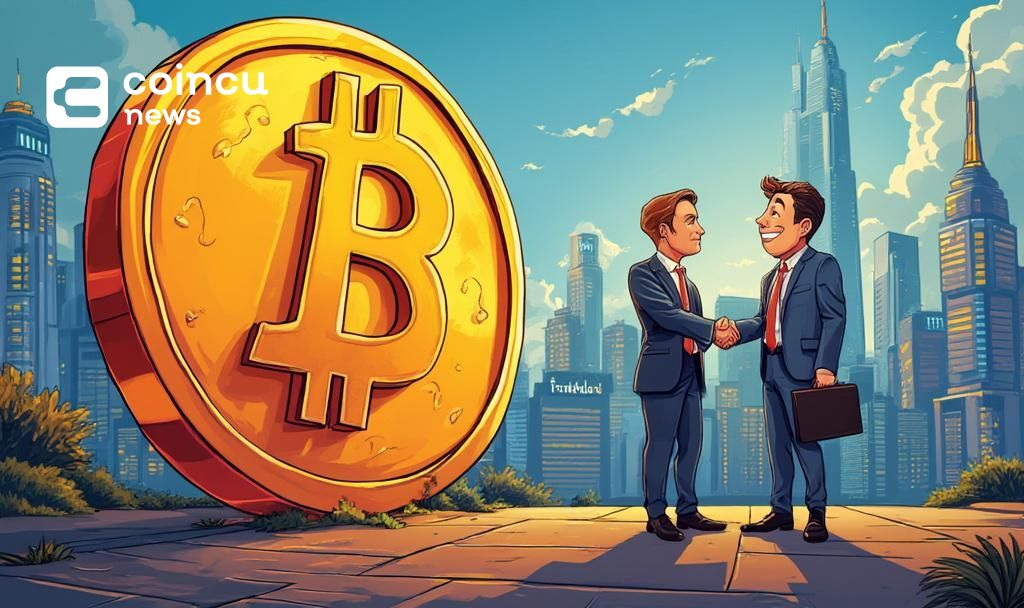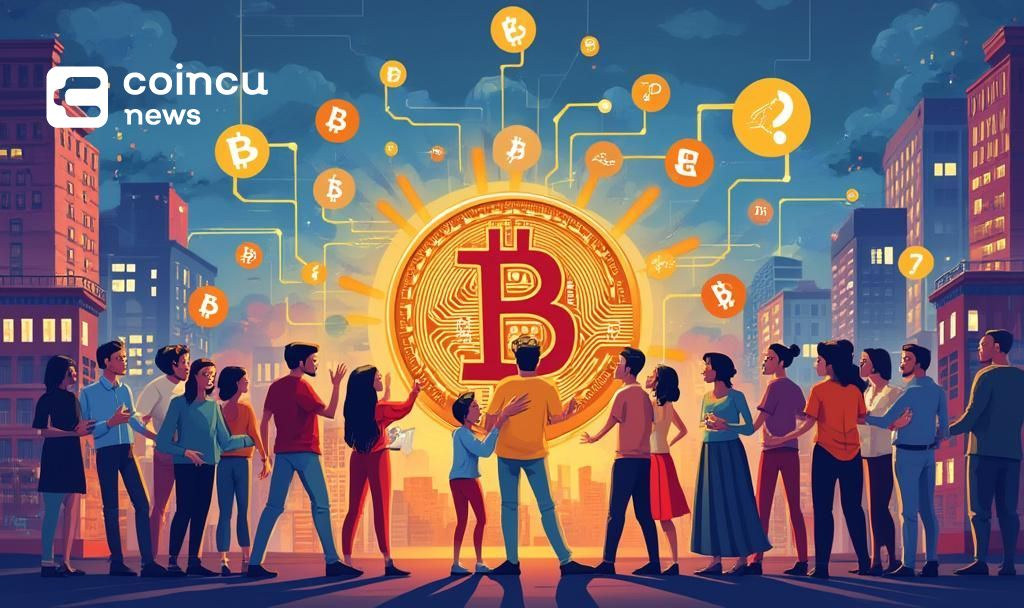$108808.752
At CoinCu News, we give both basic and in-depth articles on the latest news in the cryptocurrency and blockchain sectors.
John Kojo Kumi is a cryptocurrency researcher and writer specializing in emerging startups, tokenomics, and market dynamics within the blockchain ecosystem. With years of experience in crypto journalism and blockchain research, he provides in-depth coverage of decentralized finance (DeFi), NFTs, and Web3 innovations.
He holds a Bachelor of Arts in Geography and Rural Development from Kwame Nkrumah University of Science and Technology, Kumasi, bringing a multidisciplinary perspective to the evolving digital asset space. As a Crypto News Writer, he tracks and reports on industry trends, while his role as a Registrar at the Commission on Human Rights and Administrative Justice reflects his commitment to governance and transparency.
His expertise spans content strategy, SEO optimization, and technical research, enabling him to craft insightful, data-driven analyses. Passionate about blockchain’s transformative potential, he strives to equip readers with the knowledge to navigate the complexities of digital assets and decentralized technologies.
News
SEC Nears Approval of Multiple Spot Cryptocurrency ETFs
SEC likely to approve several spot cryptocurrency ETFs, potentially transforming the crypto market landscape. Key
Jul
Tether Expands Gold Reserves with Swiss Vault Holdings
Tether builds on its $8 billion gold reserve strategy with its private Swiss vault.
Jul
KULR Secures $20M Bitcoin-Backed Credit Facility with Coinbase
KULR Technology Group and Coinbase Credit announce a $20 million Bitcoin-backed credit agreement.
Jul
Ego Death Capital Secures $100 Million for Bitcoin-Focused Fund
Ego Death Capital closes $100 million fund to back Bitcoin-native software companies facing financial constraints.
Jul
Trump Prepares U.S.-EU Tariff Notice Amid Trade Talks
U.S. President Trump plans to reveal new tariff rates on EU goods amid ongoing trade
Jul
Trump Calls for Fed Chair Powell’s Immediate Resignation
Trump demands immediate resignation of Federal Reserve Chair Powell, raising political concerns amid crypto market
Jul
Elon Musk Demands Epstein Files Release, Criticizes Trump
Elon Musk urges Epstein files release in a Twitter post, questioning Trump's transparency.
Jul
Trump Demands Fed Chair Powell’s Resignation Over Misleading Allegations
Trump calls for Powell's resignation amid misleading Congress claims on Fed renovations.
Jul
BioSig Merges with Streamex, Secures $1.1 Billion Funding
BioSig and Streamex merger secures $1.1B for commodity tokenization, enhancing market transparency and liquidity.
Jul
[tptn_list how_old="7" limit="5" title_length="0" heading="0" show_date="0" ]
[tptn_list how_old="30" limit="5" title_length="0" heading="0" show_date="0" ]






















